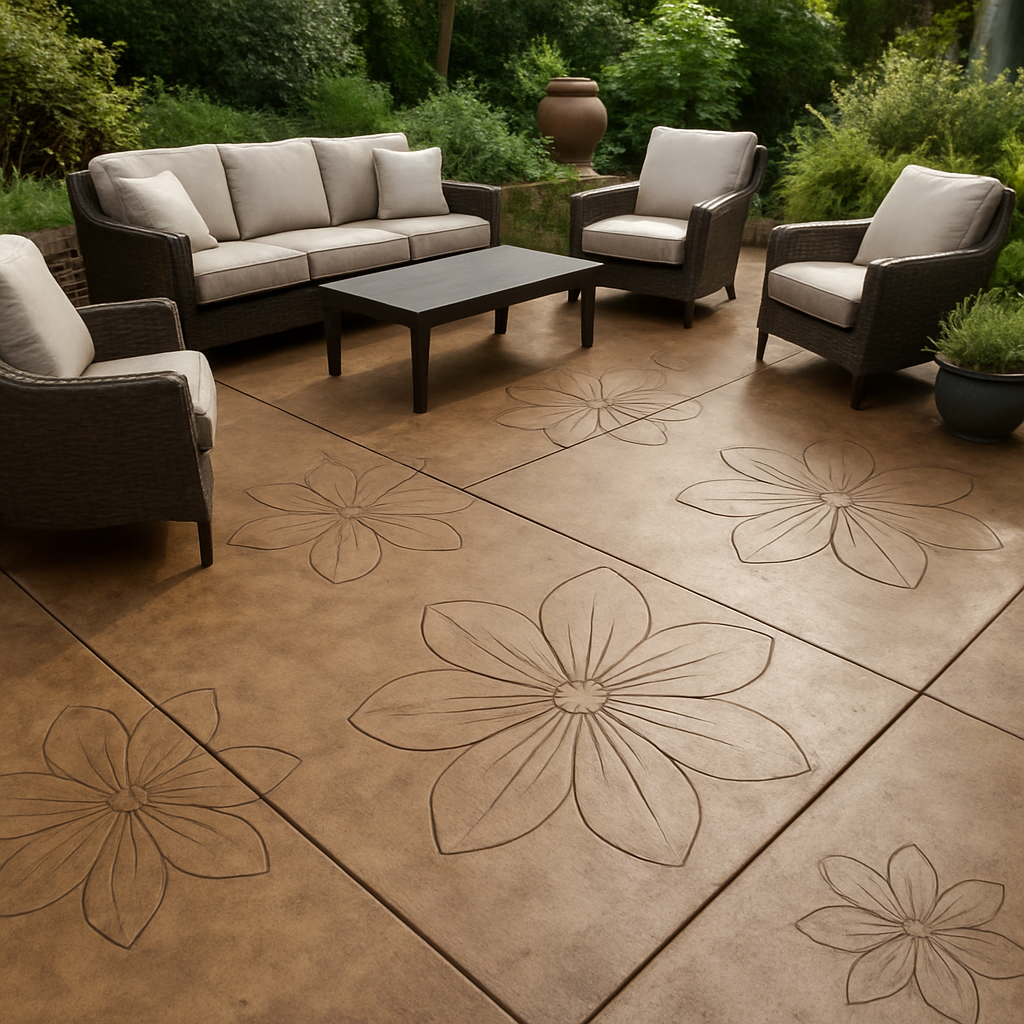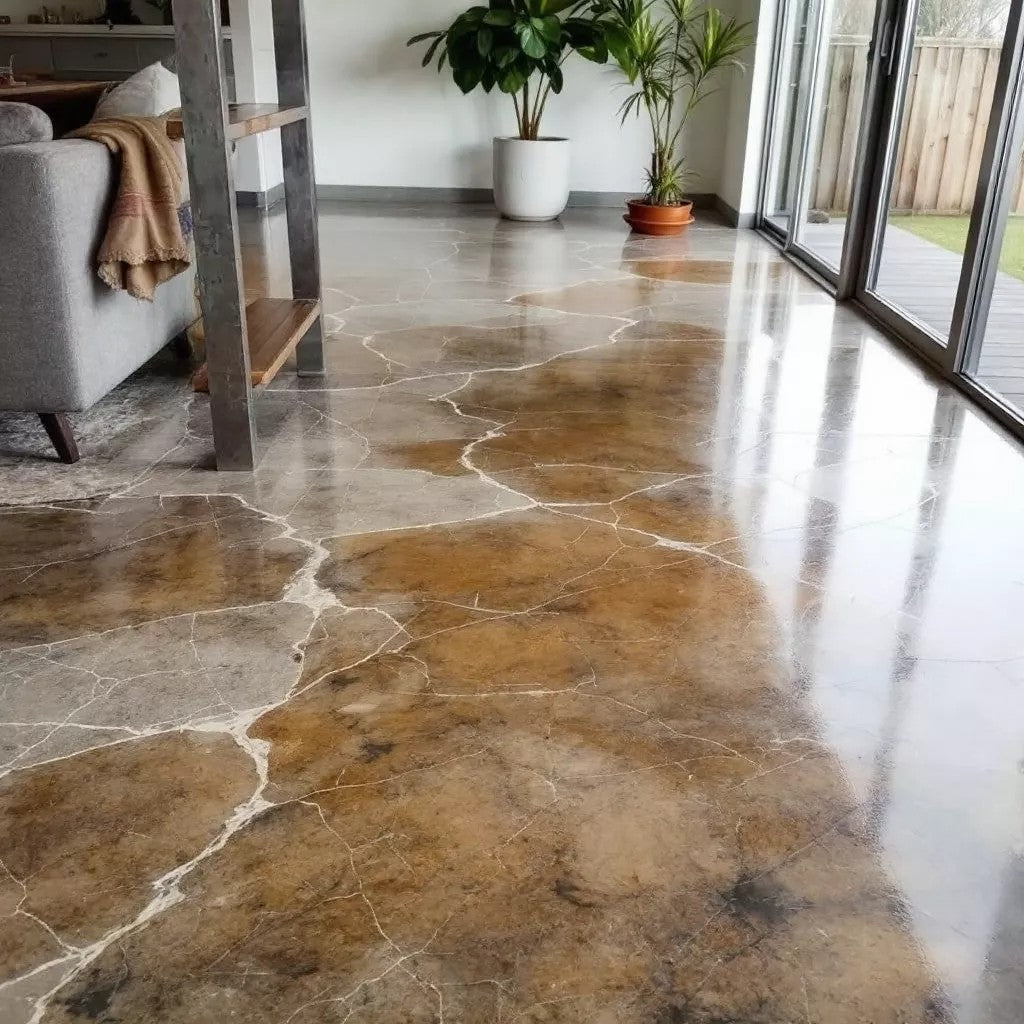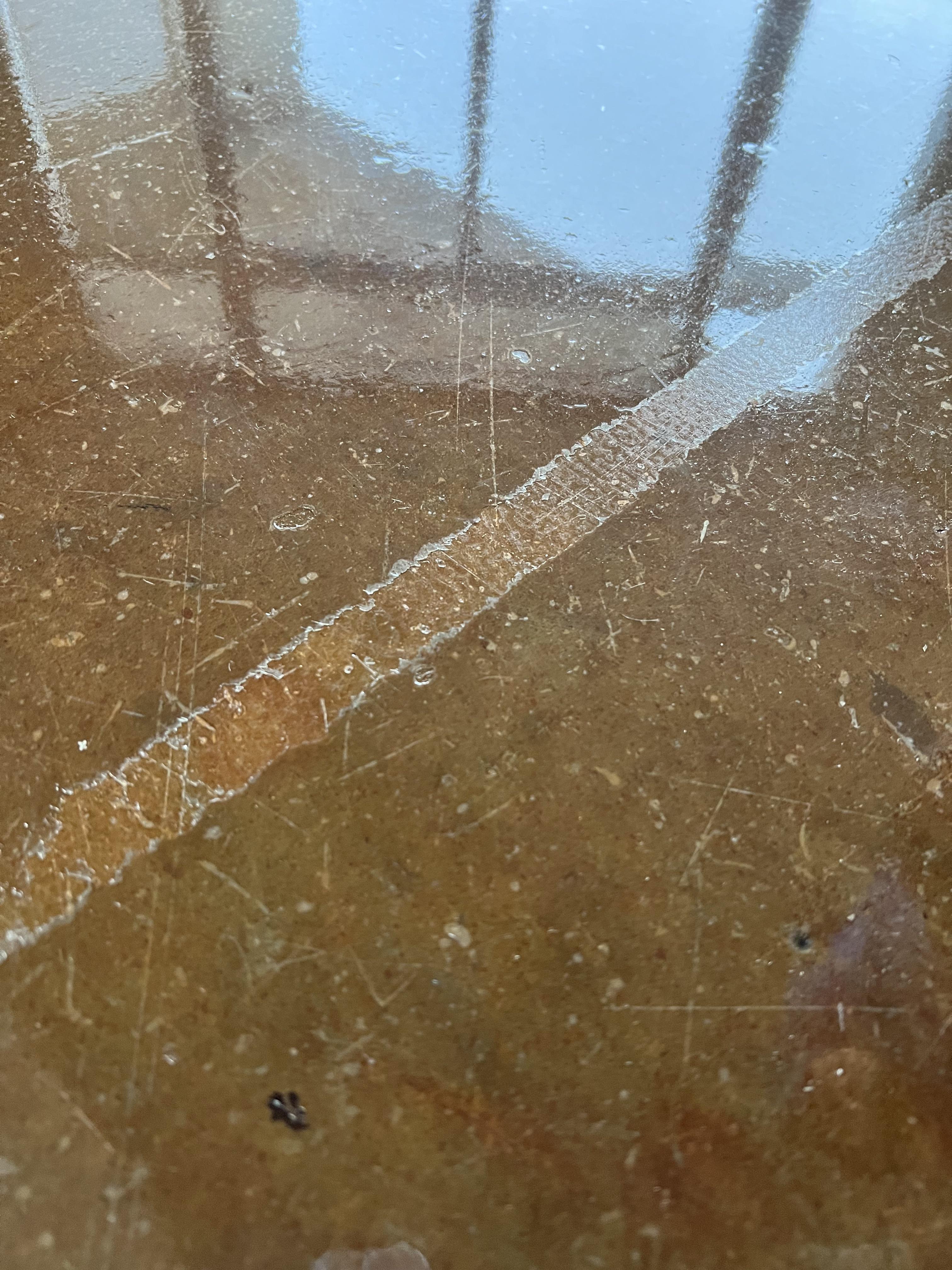
Concrete Protection 101: Common Mistakes with Tape and How to Avoid Them
Whenever Possible - Just Say "NO" to Tape on Decorative Concrete
Most people think tape on concrete is harmless—until their decorative concrete shows surface damage. You might not realize how easily tape risks can lead to costly repairs and unsightly marks. This guide breaks down common mistakes with tape and how you can keep your concrete protection intact without damaging concrete in the process. For more insights on this topic, check out this helpful discussion: https://www.houzz.com/discussions/3714494/tape-stains-on-polished-concrete.
Importance of Concrete Protection
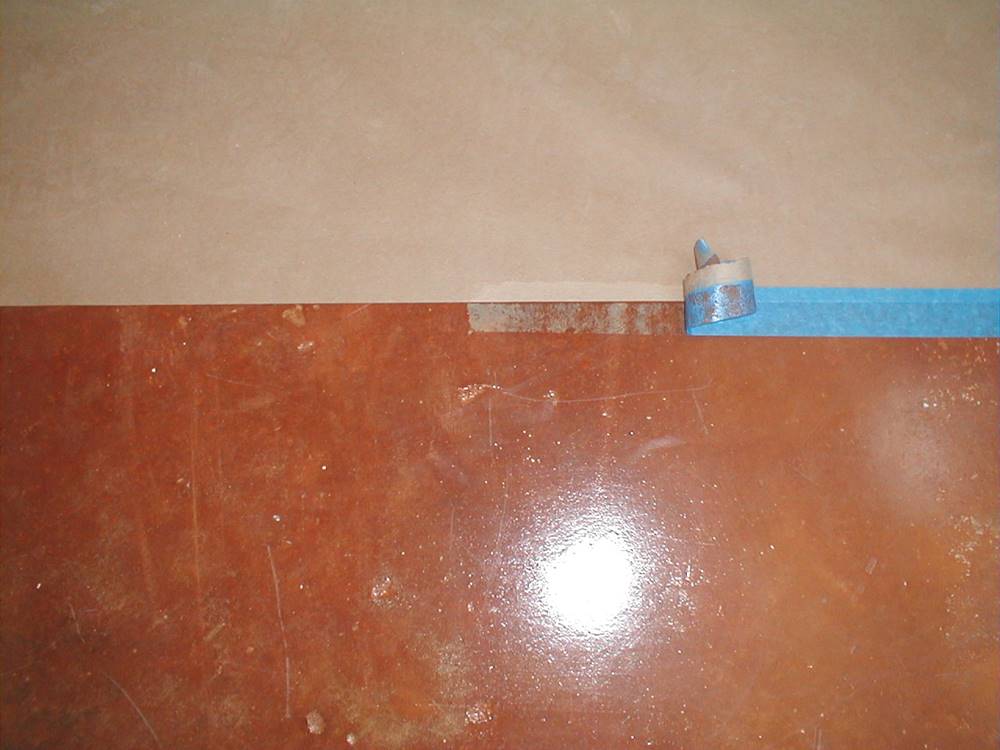
Your decorative concrete represents a major investment in your property's beauty and value. Taking proper care of these surfaces prevents costly repairs and keeps them looking great for years.
Why Decorative Concrete Needs Care
Decorative concrete isn't just regular concrete with color added. It's a specialized surface with unique properties that demand proper care. The top layer contains most of the color, texture, and design elements that make your concrete stand out.
This surface layer is surprisingly fragile. Even minor damage can ruin the look you paid good money to create. Think about it - would you put tape directly on a painted canvas? Your decorative concrete deserves the same respect.
Many homeowners don't realize their concrete needs protection until damage appears. By then, fixing the problem costs much more than preventing it would have. Regular care extends the life of your decorative concrete by years and preserves its appearance through changing seasons.
The porous nature of concrete makes it extra vulnerable. Without proper sealing and care, it absorbs stains, chemicals, and moisture that cause long-term damage.
Common Tape Risks on Concrete
Tape seems harmless, but it poses serious risks to your decorative concrete. The sticky adhesive backing can pull away sealers, color, and even bits of the concrete surface when removed.
Heat makes these problems worse. When tape sits on sun-exposed concrete, the adhesive bonds more strongly to the surface. What might have been easy removal becomes a nightmare that damages your concrete.
The chemicals in tape adhesives can react with concrete sealers. This chemical reaction breaks down the protective barrier and allows stains to penetrate deeply. You might not see the damage right away, but it shows up later as discoloration that won't wash away.
Some tapes leave behind residue that attracts dirt. This residue creates dark outlines that remain visible long after the tape is gone. The longer tape stays in place, the greater the risk becomes.
Even "concrete-safe" tapes can cause problems if left too long or used in hot weather. The risk increases with decorative concrete because its surface often contains more delicate materials than standard concrete.
Mistakes to Avoid with Tape
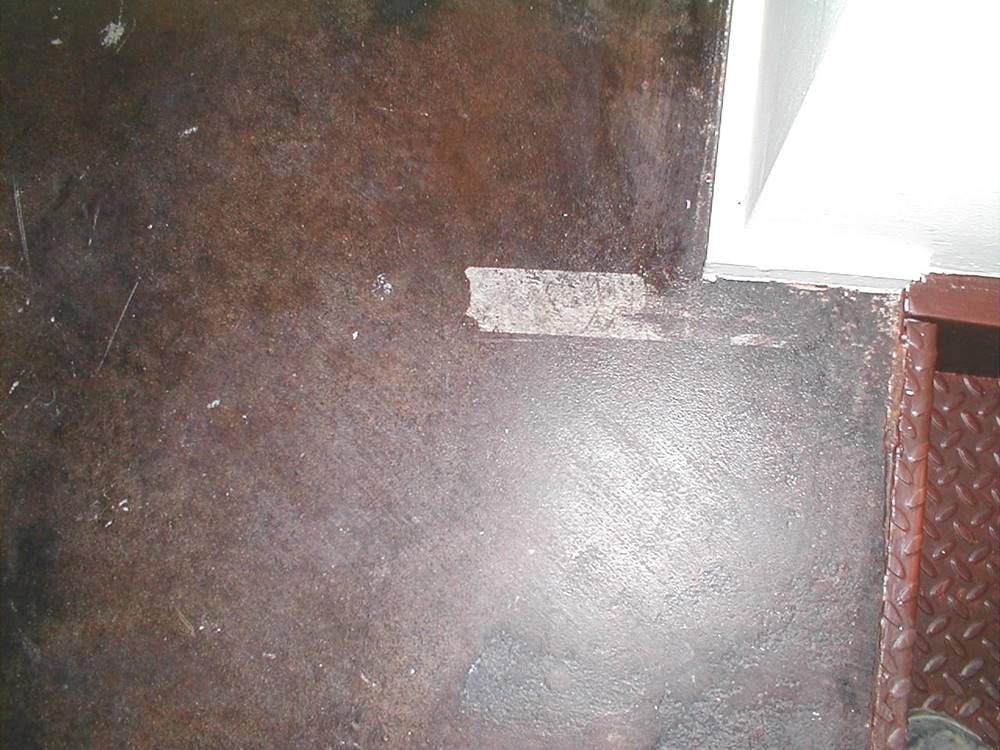
Proper tape selection and application techniques make all the difference when working with decorative concrete. Small changes in your approach can prevent major headaches later.
Choosing the Wrong Tape
Not all tapes are created equal when it comes to concrete surfaces. Using standard masking tape or duct tape on decorative concrete is asking for trouble. These aggressive adhesives bond too strongly to delicate concrete surfaces.
The sun makes this problem much worse. Regular tapes bake onto concrete in direct sunlight, making removal nearly impossible without damage. On a hot summer day, tape that's been down for just a few hours can rip away color and sealer.
Blue painter's tape works better, but even it has limits. The longer it stays in place, the harder it becomes to remove safely. Many professionals recommend removing tape within 4 hours, regardless of type.
The thickness of the tape matters too. Thinner tapes tend to tear during removal, leaving behind pieces that become permanent parts of your concrete. Thicker, quality tapes remove more cleanly and in one piece.
Test any tape in a small, hidden area first. This simple step saves countless homeowners from ruining large sections of expensive decorative concrete. Watch this helpful video for a demonstration of proper tape selection and testing techniques: How to Choose the Right Tape for Concrete Projects.
Ignoring Tape Residue Issues
Tape residue creates problems that go beyond simple appearance issues. Left untreated, these sticky remains attract dirt, dust, and grime that become permanent stains on your concrete.
Trying to remove residue with harsh chemicals often makes things worse. Many solvents damage concrete sealers or strip away color from decorative surfaces. What started as a small sticky spot becomes a large discolored area.
Weather changes affect tape residue too. Heat softens it, allowing it to penetrate deeper into concrete pores. Cold weather hardens residue, making it more difficult to remove without damaging the surface.
The longer residue stays on your concrete, the harder it becomes to remove. Prompt action makes a big difference in preventing permanent marking. Many concrete professionals have shared their frustration with tape residue issues in online forums like this one: Tape Residue Problems on Decorative Concrete.
Some residues change color over time, creating stains that don't match the original tape outline. This makes the damage even more noticeable and difficult to repair without resurfacing the entire area.
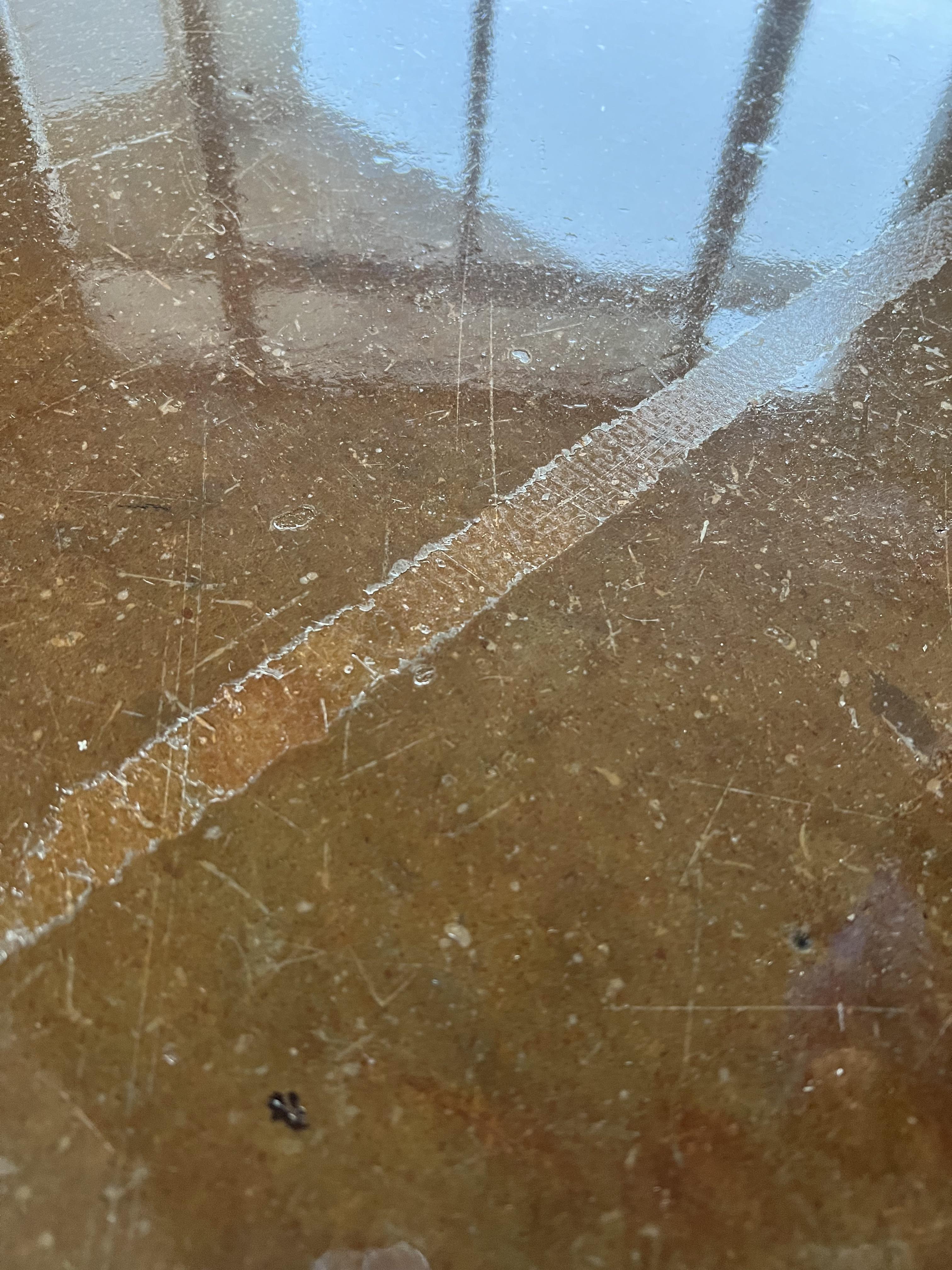
Protecting your decorative concrete requires both the right products and proper techniques. With some basic knowledge, you can avoid most common damage scenarios.
Best Practices for Tape on Concrete - If You MUST use it
Timing matters more than you might think. Apply tape right before you need it, not days in advance. The longer tape remains on concrete, the stronger its bond becomes.
Always remove tape at a 45-degree angle, pulling back toward the taped area. This technique reduces the risk of pulling up sealers or color with the tape. Pulling straight up creates the most damage.
Temperature plays a crucial role in safe tape use. Avoid applying tape during the hottest part of the day. Early morning works best, when concrete is cool and adhesives won't bond as aggressively.
For longer projects, consider using plastic sheeting with weights instead of tape. This alternative protects areas without adhesives that can damage your concrete. It works especially well for large areas that would require lots of tape.
Test removal methods in small areas first. If tape seems stuck, try using a hairdryer on low heat to warm the adhesive slightly before pulling. This gentle warming often loosens the bond enough for safe removal.
Clean any residue immediately using products specifically designed for concrete. General-purpose cleaners might damage your sealer or decorative finish. Specialized concrete cleaners remove residue while protecting your surface.
Remember that prevention beats fixing problems every time. When possible, use alternatives to tape like weighted drop cloths, plastic shields, or specialized concrete protection products.
Your decorative concrete represents both a financial investment and a beautiful addition to your property. Taking proper care with tape use helps maintain its appearance for years to come.


